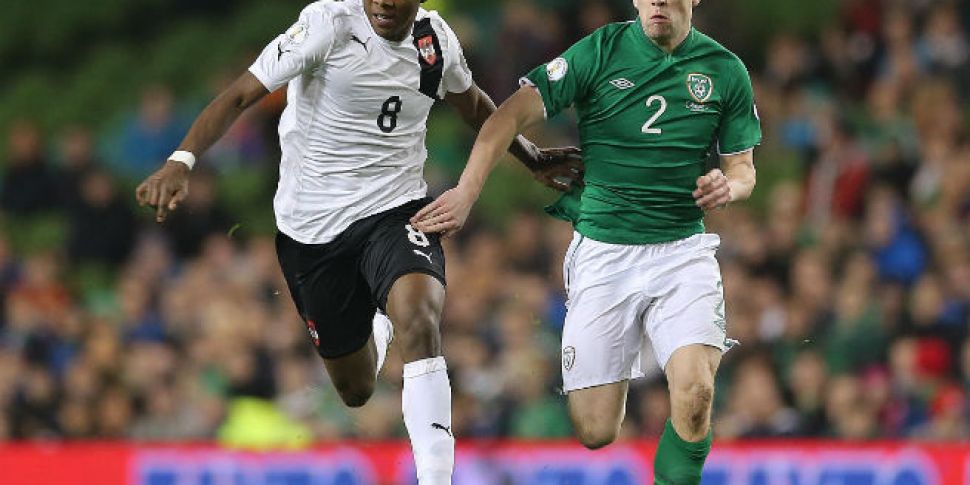Nearly 20 years ago, in the wake of the 1994 World Cup, Jack Charlton made the interesting point that full-back was becoming the most important attacking position on the field. It’s a hypothesis that renowned tactics writer Jonathan Wilson has also made over the last five years.
If you look at the current Barcelona side with Dani Alves’ unorthodox positioning, Philippe Lahm and David Alaba at Bayern, or Lukasz Piszczek of Dortmund, perhaps it is no coincidence that these teams have made it to the semis in the Champions League this season because of the weapons they hold from deep.
The attacking quality of full-backs is an area where the Premier League elite have fallen behind in the last couple of seasons with Manchester City particularly culpable this season.
But Everton is a good example of a team that makes good use of its full-backs with Seamus Coleman and Leighton Baines, providing steady outlets.
From an Irish perspective, Coleman is an intriguing weapon that could be taken out of its sheath more often.
The right-back was excellent against Austria and Sweden in the recent World Cup qualifiers, while his Premier League form has been impressive of late.
Attacking instincts
He is a strong crosser of the ball with a 25 per cent success rate which is a superior to Glen Johnson, Ashley Cole, Pablo Zabaleta, Patrice Evra, Kyle Walker and his much-lauded Everton team-mate Baines.
Coleman’s four assists is just one behind Baines, which is impressive considering the fact that the England left-back has made 33 starts compared to the Killybegs native’s 19 starts.
His attacking instincts are aided by David Moyes’ variations on the 4-5-1 formation because the players usually stationed in front him (Kevin Mirallas or Ross Barkley) are not natural wingers and have a tendency to tuck inside which leaves acres of space for Coleman to exploit.
In actual fact that could be replicated for Ireland as Giovanni Trapattoni has a tendency to place a left-footed winger like Aiden McGeady or Robbie Brady on the right flank.
With Trap rigidly favouring a 4-4-2, added flexibility could be provided by allowing McGeady (who often lines out in a central attacking midfield role for Spartak Moscow) and Brady to roam inside with greater regularity, while giving Coleman licence to bomb forward from deep and provide the overlap either as a decoy or as the final crosser.
He was especially potent in that role as ten-man Everton beat Manchester City 2 – 0 last month with Carlos Tevez in closest company. Coleman was hugely prominent with 61 touches of the ball despite the fact that City (in a 3-4-3) had the bulk of possession. Only Baines had more touches of the ball for the Toffees with 63 in that game but it was Coleman who got the all-important assist for the opening goal which changed the game as well as completing the most dribbles for Everton.
Defensively he was also diligent, making as many interceptions as the rest of the back four combined.
Kevin Kilbane also reserved high praise for his performance against Arsenal on Tuesday.
Ireland’s attacking problems are related to an inability to create space which is a key component of technical ability but that’s where efficient use of an attacking full-back can help create space further up the field.
Of course, that can also leave space in behind the forward-minded full-back but to remedy that would be a question of adjusting the team shape in defensive midfield and also in terms of the positioning of the remaining members of the back four. The onus would be on the left-back to tuck in slightly as an auxiliary centre-back much in the same way that Eric Abidal used to do during Barcelona’s Pep Gaurdiola era to mitigate Alves trips into the opposition half.
John O’Shea move inside to centre-half could be a bonus as his long-time experience at right-back would allow him to cover some of that space.
Trap can look at examples in his country where Fabio Grosso and Gianluca Zambrotta were key attacking components of an Italy side that played a solid 4-4-2 but went on to win the 2006 World Cup.
©INPHO/Lorraine O'Sullivan









